Maximizing Storage Efficiency: The Role of Casters in Racking Systems


The Evolution of Racking Systems
Racking systems have long been the backbone of storage in warehouses, manufacturing facilities, and distribution centers. Traditionally, these systems were fixed in place, with wide aisles required to allow for the movement of forklifts and other equipment. While effective, these fixed systems often result in wasted space and limited flexibility.
Enter mobile racking systems—an innovation designed to eliminate unnecessary aisles and maximize storage density. By placing racking units on casters, these systems can be moved closer together when not in use, freeing up valuable space and allowing for a more compact and efficient layout. The result? Increased storage capacity, improved accessibility, and a more adaptable storage solution.
The Critical Role of Casters in Mobile Racking Systems
While the concept of mobile racking is straightforward, the effectiveness of these systems hinges on one key component: casters. Casters are the wheels that allow racking units to move smoothly and safely, making them an essential element in any mobile racking system.

Types of Casters for Racking Systems
Choosing the right casters for your racking system is critical to ensuring optimal performance. Here are the types of casters commonly used in these systems:
Swivel Casters
These casters can rotate 360 degrees, allowing for easy maneuverability in tight spaces. Swivel casters are ideal for racking systems that need to be moved frequently or in different directions.
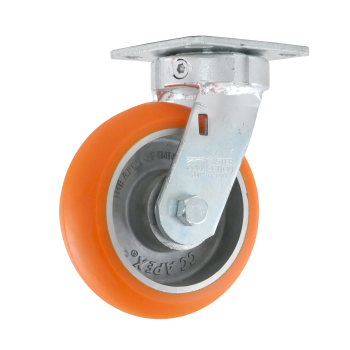
Rigid Casters
Unlike swivel casters, rigid casters only move in a straight line, providing stability and support. These are often used in conjunction with swivel casters to ensure controlled movement.

Heavy-Duty Casters
Designed to support the weight of fully loaded racks, heavy-duty casters are built from durable materials like steel or reinforced nylon, ensuring they can withstand the demands of industrial environments.
Our Top Heavy Duty Casters: CC Apex HD, CC Stout HD, CC Stark
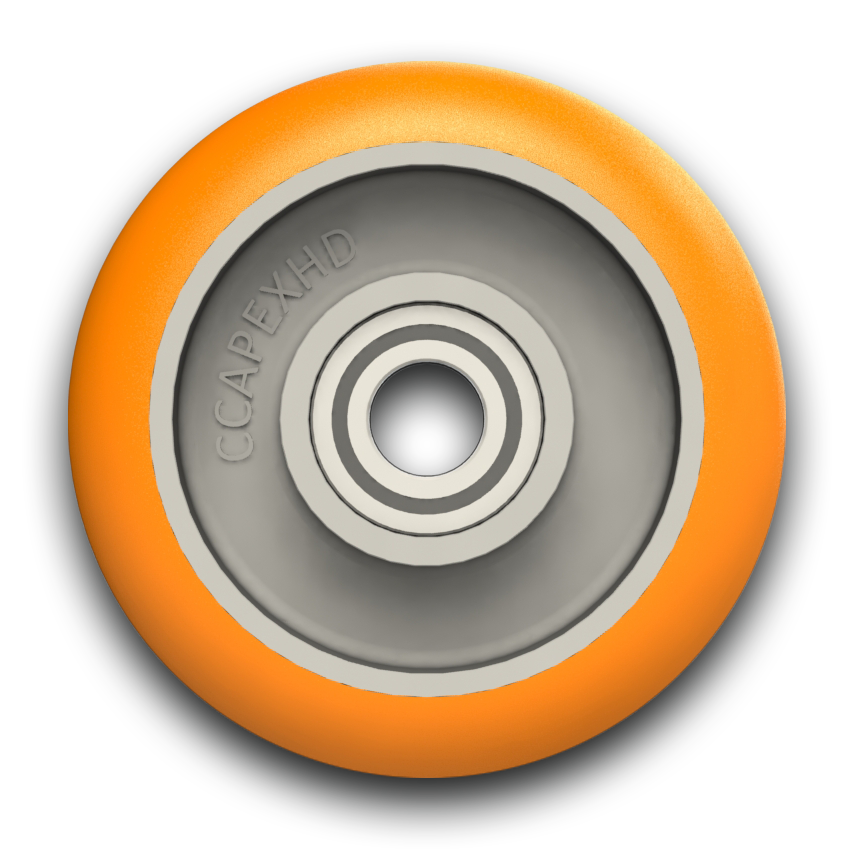
Material Considerations
The material of the caster tread is just as important as the type of caster itself. Here’s a breakdown of common materials used and their benefits:
Polyurethane
Known for its durability and floor protection, polyurethane is resistant to chemicals and abrasion, making it suitable for a variety of environments.

Rubber
Rubber casters offer a smooth and quiet ride, ideal for indoor applications where noise reduction and floor protection are priorities.
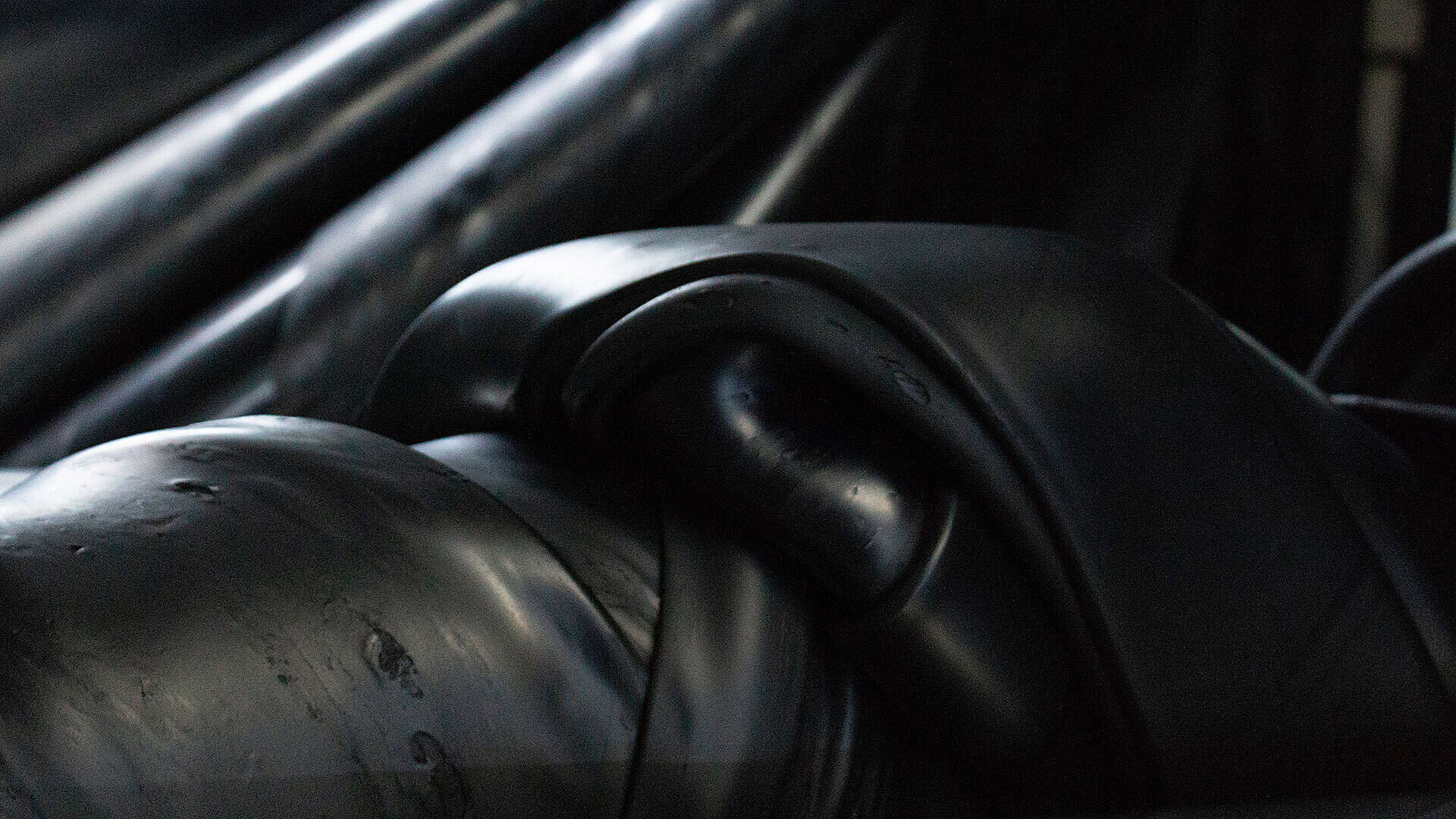
Steel
Steel casters are incredibly strong and durable, making them suitable for the heaviest loads, but they may require floor protection to prevent damage. Steel casters are also a great choice when resistance to high temperatures is a necessity.
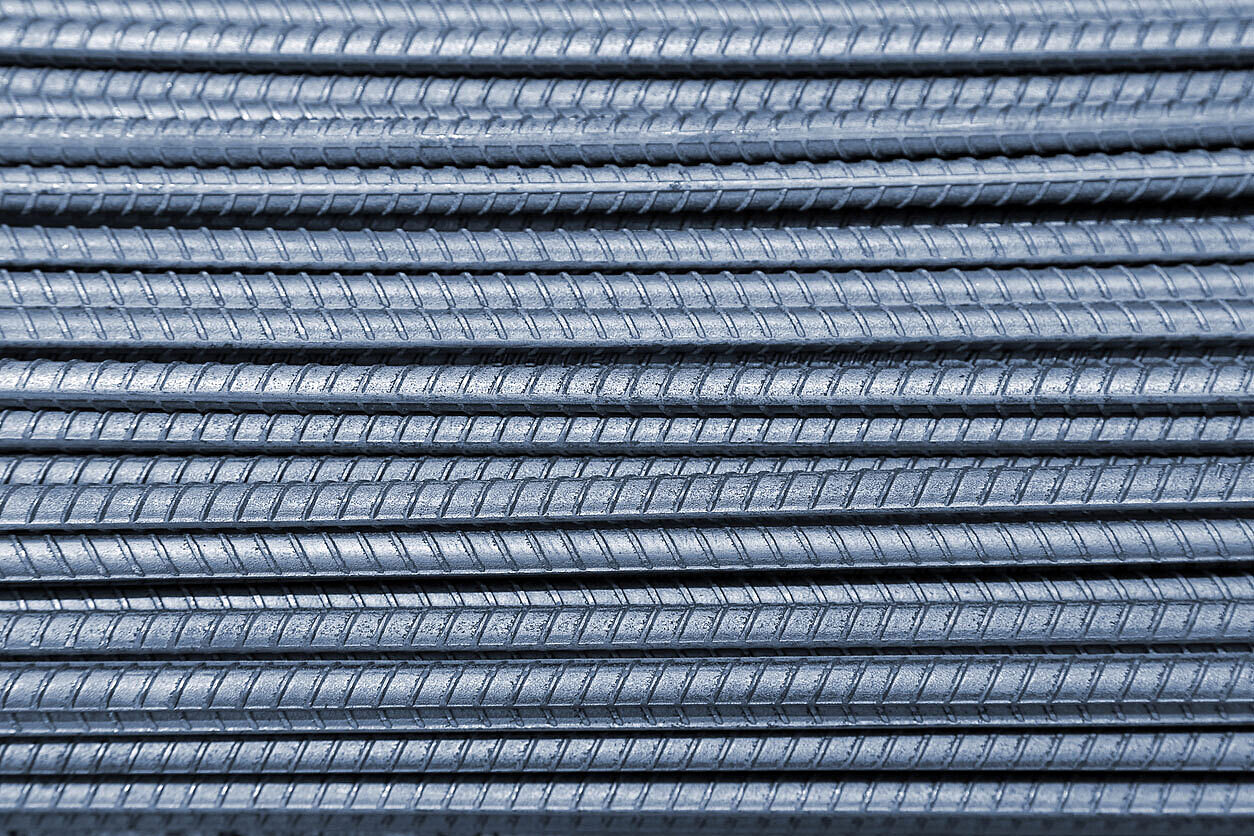
Benefits of High-Performance Casters in Racking Systems
Investing in high-quality casters for your racking systems can yield significant benefits:

Increased Storage Density
Mobile racking systems equipped with casters allow you to place racks closer together, maximizing storage density without compromising accessibility. This is particularly valuable in high-density storage environments where space is at a premium.

Enhanced Accessibility
With mobile racking systems, accessing inventory becomes much easier. Casters allow racks to be moved apart when needed, enabling quick and direct access to stored items. This reduces the time spent searching for items and enhances overall operational efficiency.

Flexible in Layout
The mobility provided by casters allows for greater flexibility in your warehouse layout. As storage needs evolve, racking systems can be reconfigured or relocated with minimal effort, accommodating changes in inventory, workflow, or space requirements.

Improved Safety
Safety is paramount in any storage environment, and high-quality casters contribute to a safer workplace. By ensuring stable and controlled movement of heavy racking units, casters help prevent accidents and injuries, protecting both your workforce and your inventory.
Choosing the Right Casters for Your Racking System
Selecting the appropriate casters for your mobile racking system involves several considerations:
Load Capacity

Determine the total weight your racking units will carry, including the weight of the items stored. Choose casters that can handle this load without compromising stability or maneuverability.
Floor Conditions
Assess the conditions of your facility’s flooring. Smooth floors may require different caster materials than rough or uneven surfaces. Additionally, consider whether the floor needs protection from heavy loads or frequent movement.

Maintenance Needs
Regular maintenance is essential for keeping casters in top condition. Choose casters that are easy to maintain, and establish a routine for inspecting and servicing them to ensure long-term performance. Maintenance-free casters, like CC Peak are a great choice for frequently used racks or when you don't want to bother with caster maintenance.
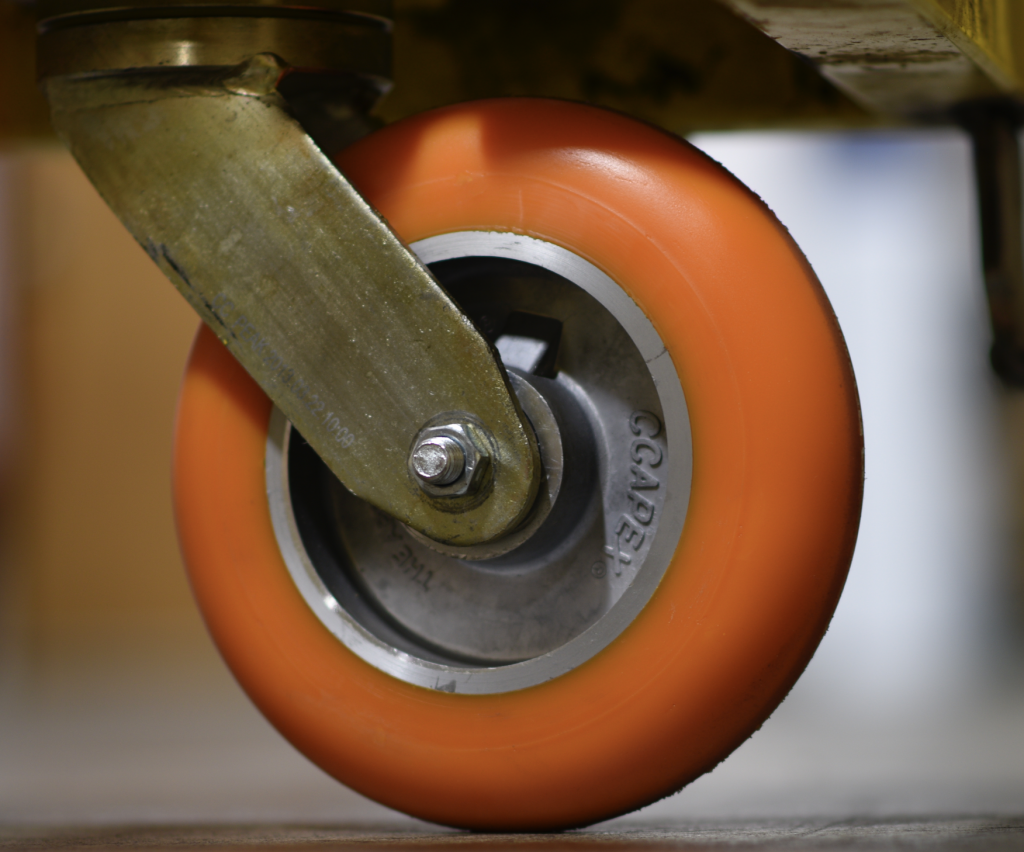
Secure the Perfect Mobile Storage Solution
Casters may be small, but their impact on the efficiency of racking systems is enormous. By selecting high-performance casters tailored to your specific needs, you can unlock the full potential of your storage space, improve operational flexibility, and create a safer working environment. Whether you’re looking to upgrade an existing racking system or implement a new one, Caster Connection has the expertise and product range to help you find the perfect solution.
Ready to maximize your storage efficiency? Contact Caster Connection today to explore our wide range of high-performance casters designed specifically for racking systems. Our experts are here to guide you through the selection process and ensure you achieve the best results for your operation.
